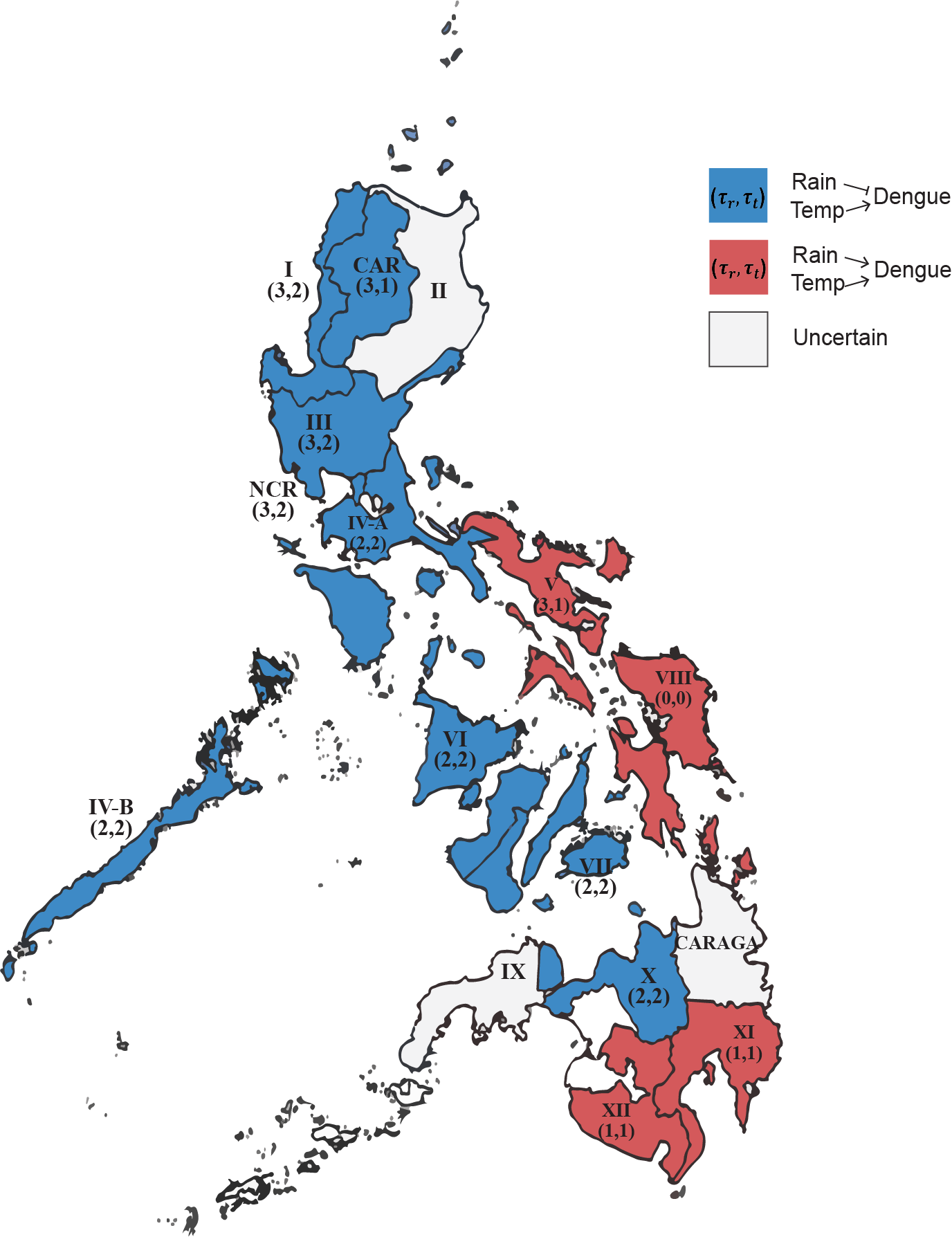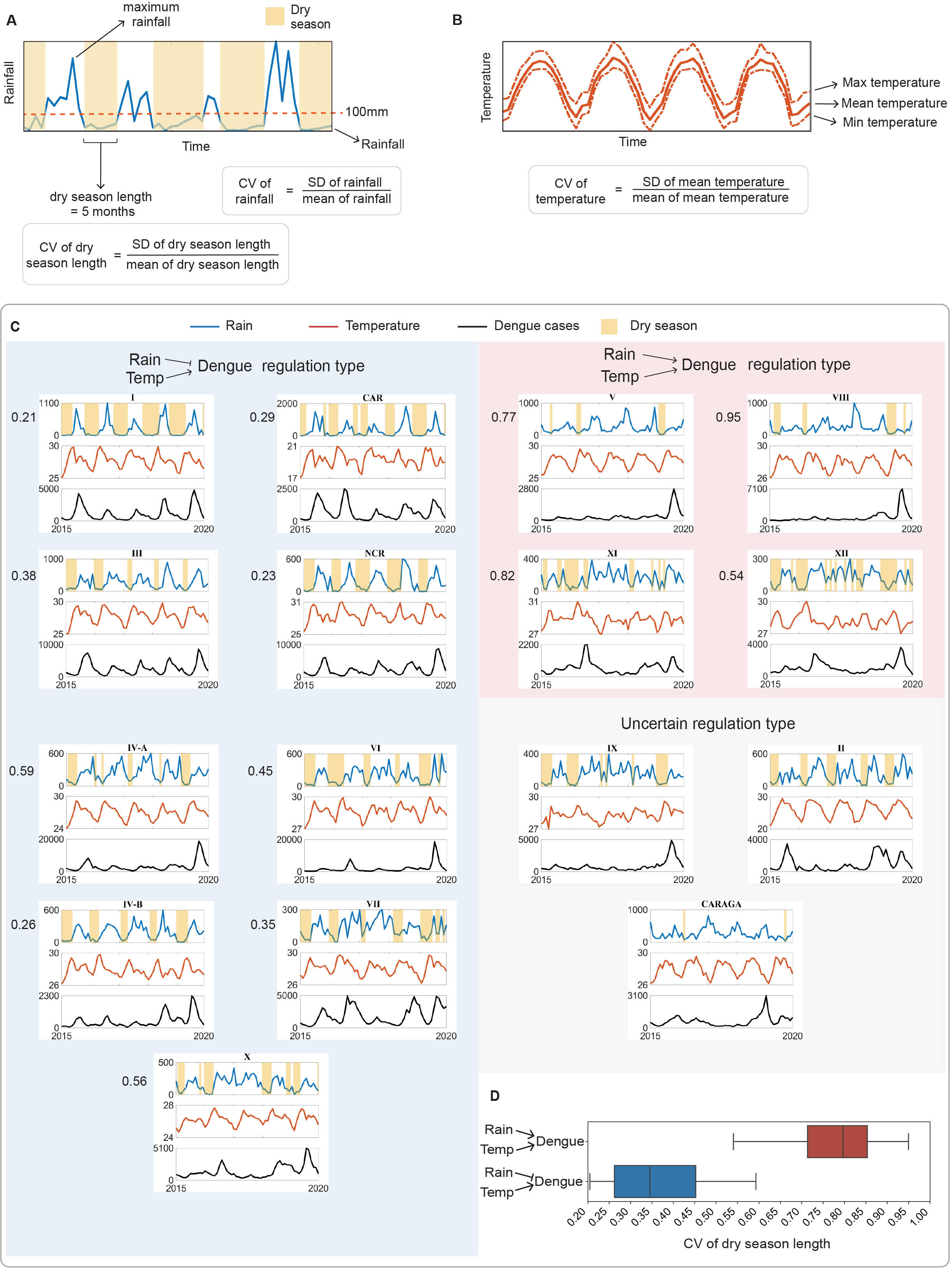주메뉴
- About IBS 연구원소개
-
Research Centers
연구단소개
- Research Outcomes
- Mathematics
- Physics
- Center for Underground Physics
- Center for Theoretical Physics of the Universe (Particle Theory and Cosmology Group)
- Center for Theoretical Physics of the Universe (Cosmology, Gravity and Astroparticle Physics Group)
- Dark Matter Axion Group
- Center for Artificial Low Dimensional Electronic Systems
- Center for Theoretical Physics of Complex Systems
- Center for Quantum Nanoscience
- Center for Exotic Nuclear Studies
- Center for Van der Waals Quantum Solids
- Center for Relativistic Laser Science
- Chemistry
- Life Sciences
- Earth Science
- Interdisciplinary
- Center for Neuroscience Imaging Research (Neuro Technology Group)
- Center for Neuroscience Imaging Research (Cognitive and Computational Neuroscience Group)
- Center for Algorithmic and Robotized Synthesis
- Center for Genome Engineering
- Center for Nanomedicine
- Center for Biomolecular and Cellular Structure
- Center for 2D Quantum Heterostructures
- Institutes
- Korea Virus Research Institute
- News Center 뉴스 센터
- Career 인재초빙
- Living in Korea IBS School-UST
- IBS School 윤리경영


주메뉴
- About IBS
-
Research Centers
- Research Outcomes
- Mathematics
- Physics
- Center for Underground Physics
- Center for Theoretical Physics of the Universe (Particle Theory and Cosmology Group)
- Center for Theoretical Physics of the Universe (Cosmology, Gravity and Astroparticle Physics Group)
- Dark Matter Axion Group
- Center for Artificial Low Dimensional Electronic Systems
- Center for Theoretical Physics of Complex Systems
- Center for Quantum Nanoscience
- Center for Exotic Nuclear Studies
- Center for Van der Waals Quantum Solids
- Center for Relativistic Laser Science
- Chemistry
- Life Sciences
- Earth Science
- Interdisciplinary
- Center for Neuroscience Imaging Research (Neuro Technology Group)
- Center for Neuroscience Imaging Research (Cognitive and Computational Neuroscience Group)
- Center for Algorithmic and Robotized Synthesis
- Center for Genome Engineering
- Center for Nanomedicine
- Center for Biomolecular and Cellular Structure
- Center for 2D Quantum Heterostructures
- Institutes
- Korea Virus Research Institute
- News Center
- Career
- Living in Korea
- IBS School
News Center
Unraveling the Complex Role of Climate in Dengue DynamicsThe research team led by KIM Jae Kyoung, Professor in the Department of Mathematical Sciences at KAIST and Chief Investigator of the Biomedical Mathematics Group at the Institute for Basic Science (IBS), has unveiled new insights into how weather influences the spread of dengue fever. Their study identifies temperature and rainfall as critical factors driving the global surge in dengue cases and offers actionable strategies for mitigating the disease's impact. Dengue fever, a mosquito-borne disease, poses an increasingly alarming public health challenge. According to the World Health Organization, reported dengue cases surged from 4.1 million in 2023 to over 10.6 million in 2024 in North and South America alone. This number represents the highest global count ever reported. While climatic factors such as temperature and rainfall are known to drive this trend, their complex relationship with dengue dynamics remains poorly understood. Previous studies have struggled to reconcile conflicting findings - some suggest rainfall accelerates dengue transmission, while others indicate it suppresses it. The IBS research team hypothesized that these inconsistencies stem from the limitations of traditional methods that focus on linear relationships or independent effects. To address this, the researchers utilized GOBI (General ODE-Based Inference), a novel causal inference framework that the IBS group developed in 2023. This method captures both nonlinear and combined effects of climatic factors, enabling a more nuanced analysis of the relationship between weather and dengue incidence. The study focused on 16 regions of the Philippines, selected for their diverse climatic conditions, to examine how temperature and rainfall jointly affect dengue dynamics. There were distinct patterns of dengue regulation across the Philippines, driven by the combined effects of temperature and rainfall. Rising temperatures were consistently associated with higher dengue incidence across all regions. On the other hand, rainfall showed contrasting effects depending on the location of the region. In eastern areas, rainfall increased dengue incidence, while in western regions, rainfall suppressed it. The most important factor turned out to be the variation in dry season length, which was identified as critical to explaining the contrasting effects of rainfall. In regions with low variation in dry season length, rainfall tended to flush out stagnant water, reducing mosquito breeding sites and suppressing dengue transmission. On the other hand, in regions with high variation in dry season length, sporadic rainfall created new breeding sites and weakened the flushing effect, driving an increase in mosquito populations and dengue cases. The role of dry season length has largely been overlooked in previous research but proved to be a decisive factor in this study. This discovery offers a fresh perspective on the intricate relationship between rainfall and dengue dynamics. To validate their findings, the researchers extended their analysis to Puerto Rico, a region with distinct climatic zones. Data from municipalities including San Juan, Adjuntas, and Ponce exhibited similar regulation patterns, underscoring the generalizability of the results. “Our findings provide robust evidence for how climatic factors influence dengue transmission in diverse environments. This represents a significant step toward understanding how climate change may impact mosquito-borne diseases globally,” said first author Olive R. CAWIDING. The study’s findings have immediate applications for optimizing dengue intervention strategies. For low-variation regions, natural flushing effects during the rainy season may allow for scaled-back intervention efforts, freeing resources for other priorities. Specifically, consistent and year-round intervention efforts are necessary in high-variation regions to counteract the breeding-friendly conditions created by sporadic rainfall. Furthermore, the study highlights the importance of monitoring dry season length as a predictive factor for dengue outbreaks. By tailoring strategies to specific regional climate patterns, public health agencies can allocate resources more efficiently and effectively to combat the spread of dengue. The study represents a significant turning point in understanding how climate change impacts not only dengue fever, but also other climate-driven diseases such as malaria, influenza, and the Zika virus. CI KIM Jae Kyoung stated, “This research is crucial as it overcomes the limitations of traditional methods for detecting nonlinear relationships and clearly elucidates the complex interactions between climatic variables and infectious diseases through an advanced causal inference algorithm. This approach can also be applied to the analysis of various diseases linked to climate.” While the study provides robust insights, the researchers acknowledge certain limitations, including the lack of mosquito population data and socioeconomic factors such as healthcare accessibility and human mobility. Future studies with access to more granular data, such as weekly dengue incidence and mosquito dynamics, could further refine these findings. The study, titled “Disentangling climate’s dual role in dengue dynamics: a multi-region causal analysis study,” was published online in Science Advances, a sister journal of Science.
Figure 2. Analysis of five years of climate change and dengue fever incidence data from 16 regions in the Philippines reveals clear patterns in the relationships between climatic variables and dengue incidence
Figure 4. Researchers involved in this study Notes for editors
- References
- Media Contact
- About the Institute for Basic Science (IBS)
|
| Next | |
|---|---|
| before |
- Content Manager
- Public Relations Team : Yim Ji Yeob 042-878-8173
- Last Update 2023-11-28 14:20










 Figure 1. Consistent accuracy of the new causal inference method (GOBI) developed by the research group
Figure 1. Consistent accuracy of the new causal inference method (GOBI) developed by the research group
 Figure 3. The impact of rainfall on dengue fever changes depending on the variation of dry season length
Figure 3. The impact of rainfall on dengue fever changes depending on the variation of dry season length

